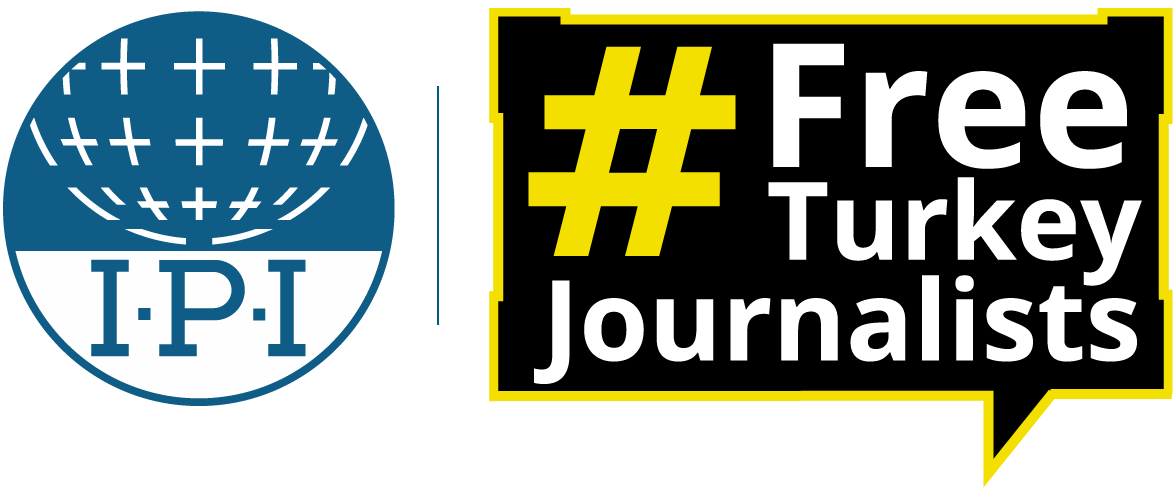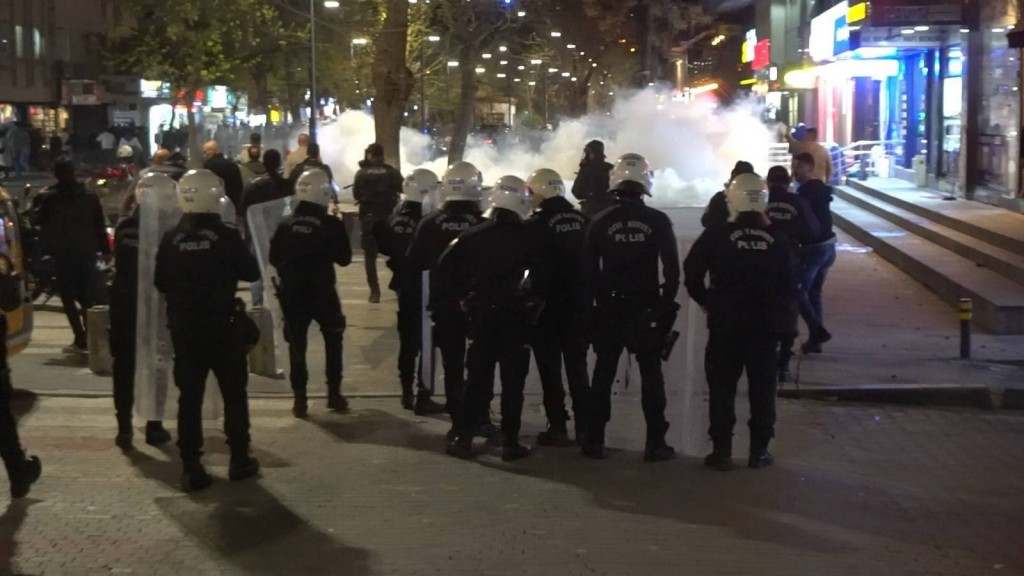While I was writing this article, the International Consortium of Investigative Journalists (ICIJ) disclosed the FinCEN Files, secret financial records revealing money laundering between countries. More than 400 journalists from 88 countries worked on the story, which exposed the inability of governments to fight corruption. The ICIJ global network, one of the best examples of collaborative journalism, had previously worked on leaked documents and published confidential information on tax evasion. Their past work has been awarded the Pulitzer Prize.
Their success inspires the question: Is collaborative journalism possible in Turkey?
It’s important first to understand what is meant by “collaborative journalism.” The Center for Cooperative Media at Montclair State University defines it as the official or non-official collaboration of several news organizations (and with other non-news entities) working together on reporting projects, partnering on increasing the impact of the news reach towards a shared journalistic goal.
We also need to keep in mind the current pressure on independent journalism in Turkey. According to the International Press Institute’s (IPI) data, there are 78 journalists currently behind bars in Turkey; courthouses host trials of journalists on an almost daily basis. Since the coup attempt in 2016, more than 170 media outlets have been closed, and 1,210 years of prison sentences have been handed down to journalists. In this climate, journalism cannot be conducted without considering the legal threats posed by the courts. And for those who do not spend their lives in courtrooms or in prisons, the situation is not that bright either. In a country where journalists cannot exercise their right to access information freely, it becomes more difficult to produce quality, fact-based news.
Collaboration may be one way to overcome these difficulties.
During my first years in the profession, I was a legal correspondent reporting from the Istanbul courthouse, where I learned the concept of “beating the other to the story first”. Competition was part of the job. But sometimes the opposite happens. Sometimes, reporters work together to increase the impact of their story.
This, as I will explain here, is what happened when a group of journalists in Turkey came together to investigate the truth about the death of a young girl. It is one of the most important examples of quality, collaborative journalism in the country.
Rabia Naz Vatan Case
On April 12, 2018, 12-year-old Rabia Naz Vatan was found seriously injured in front of her house in Eynesil, in the Black Sea province of Giresun. Efforts to resuscitate her failed. The prosecutors’ office concluded in its investigation that Rabia had committed suicide by jumping from the building. However, Rabia’s father, Şaban Vatan, refused to accept the conclusion, contending that the location and conditions in which Rabia was alleged to have jumped appeared implausible. Şaban Vatan thus set out to find the truth behind his daughter’s death.
At the same time, a series of allegations emerged that evidence suggesting the involvement of local politicians in Rabia’s death had been covered up. Şaban Vatan said he suspected that Rabia had not committed suicide but instead had been hit by a car belonging to the nephew of the former mayor of Eynesil. He alleged that local AKP party officials were seeking to cover up the incident. Şaban Vatan sought to draw attention to the case, including organizing a demonstration in the town. After these individual efforts failed, he decided to post the details of the incident on Twitter, and share what he knew with the journalist Metin Cihan, who proceeded to expose the contradictions in the investigators’ report. Cihan played a significant role in raising national awareness about Rabia Naz’s story.
However, as happens to many journalists in Turkey, Cihan was then subjected to a criminal investigation. He was summoned by the police during a family vacation after a “terror investigation” was opened against him, after which he decided to leave the country in September 2019.
In response to these developments, a collaborative group of documentary filmmakers, photographers, filmmakers and journalists, all of whom worked for various national and international media outlets, was established in October 2019. I was part of this group, too. Our aim was to dispel the curtain of fog behind Rabia Naz Vatan’s death and to increase awareness about the case and apparent cover-up. For this, we had a lot to do: investigate the crime scene, talk to local residents, examine the investigation documents, monitor social media and work with forensic experts.
For its part, the Turkish Parliament established the Rabia Naz Vatan and Investigation Commission on Suspicious Child Deaths, which visited Eynesil in November 2019 to examine the crime scene and meet witnesses. Four people from our group followed them. MP Jale Nur Süllü had done preliminary research and was eager for the case to be resolved.
The commission had a large entourage and insufficient time in the district, so only a quick and superficial investigation of the scene took place. After spending an hour at the crime scene, the commission members spent the rest of the day meeting with witnesses, the public prosecutor, police officers and forensic. They left Giresun same day.
We believed this quick examination was insufficient. So we stayed to investigate the case further. We tried to understand what happened in all aspects, estimating the timeline, taking a 3D plan of the building and talking to a lot of residents. As we were gathering all this information, we were aware that the eyes and ears of the police were on us everywhere we went.
We shared the information we obtained with MP Süllü as we hoped it would help the commission expand the investigation and resolve the case.
Things soon became riskier. We learned that an eyewitness who was the first person to find Rabia Naz Vatan on the scene revealed to the parliamentary commission a discrepancy in his own testimony. Initially, he told investigators that he found Rabia lying face down in front of the building, but later claimed he had seen her crawling from the side of the building. This new information was used by the prosecutor’s office to claim that Rabia had jumped from the side of the building. But why did the witness take so long to mention this change in his testimony?
We went to talk to the witness at his house. I had the impression that he may be suffering from some type of mental problem or illness (although of course, I cannot make a medical diagnosis). At first, his wife answered most of the questions. But suddenly the witness rushed out of the house to show us where he had found Rabia in front of the building. At this point, Rabia’s father arrived at the witness’s house. The situation got out of our control and Rabia’s father began to take over the questioning, believing that the new piece of information hinted at a move to cover up evidence.
The witness’s wife then said she was calling the police. We left the scene fearing that this episode might affect our work since we were already under police supervision. We were right. A few hours later, my documentary filmmaker colleague and I were taken into custody at our hostel. All of our electronic devices, including our computers, cameras, mobile phones, and portable modems, were seized and confiscated. We were forbidden to come within 50 meters of the witness’s house and given a travel ban.
After we were released next day, our working group disbanded since it was no longer safe to work on this issue. Like Metin Cihan, we were prevented from asking questions and researching the case. But this didn’t prevent us from reporting what we had found so far.
The detention of our group members brought even greater public attention to the case. As a result of our work, the parliamentary commission’s meetings were covered in the news and documentaries about the case were filmed. Although Rabia Naz’s death has not been resolved yet, news coverage has played a huge role in keeping the case in the public eye and putting pressure on authorities to find those who are responsible.
An alternative journalism is possible
This example shows the importance of collaborative journalism to reveal truth, even when the pressure is immense. But as we know, journalistic activity in Turkey can result in criminal prosecution and harassment by the police, judiciary, Turkish government or their supporters. Our first-hand experience shows that collaborative journalism can also be targeted.
In April 2019, four international media outlets – BBC, Deutsche Welle, Voice of America, and France 24 – established a collaborative YouTube channel titled +90 for various Turkish content. The same day, pro-government outlets such as Sabah, Takvim, Yeni Şafak, and Yeni Akit reported on this development with headlines such as “The Four Crusaders”, portraying this collaborative project as an initiative to interfere in Turkey.
Despite all these challenges, journalists in Turkey continue to investigate and work in collaboration to reveal the truth. Because there are still those of us who believe that the power of journalism can thrive through collaboration and solidarity. This belief brings us together every time journalism in Turkey faces an obstacle.
And if we don’t work together, using new methods that circumvent the oppressive political will to suppress free journalism, we will be discussing soon enough whether journalism as a profession is even possible in Turkey at all.




